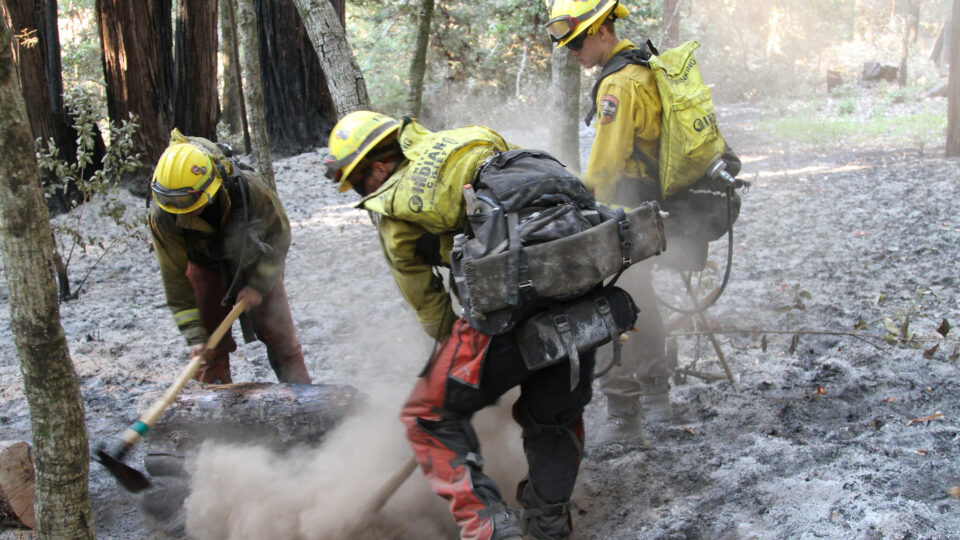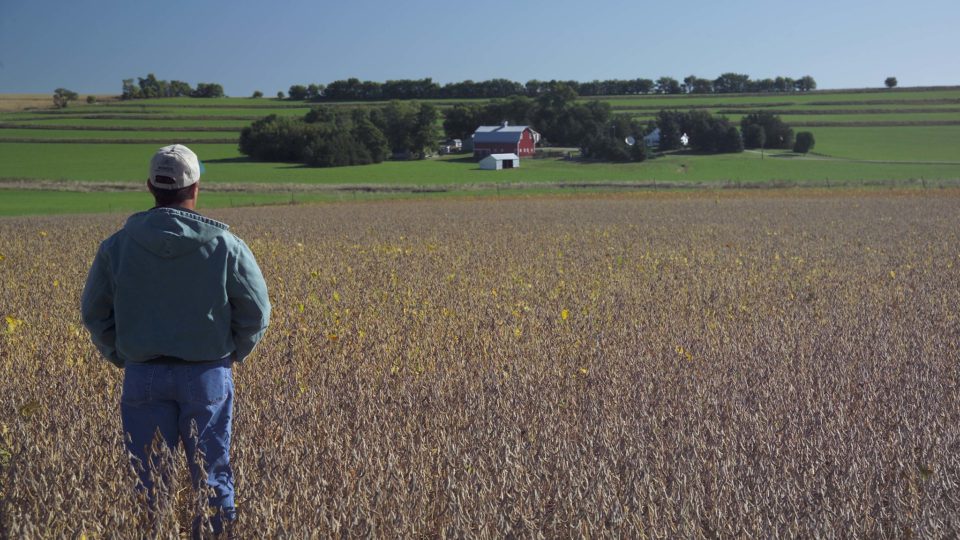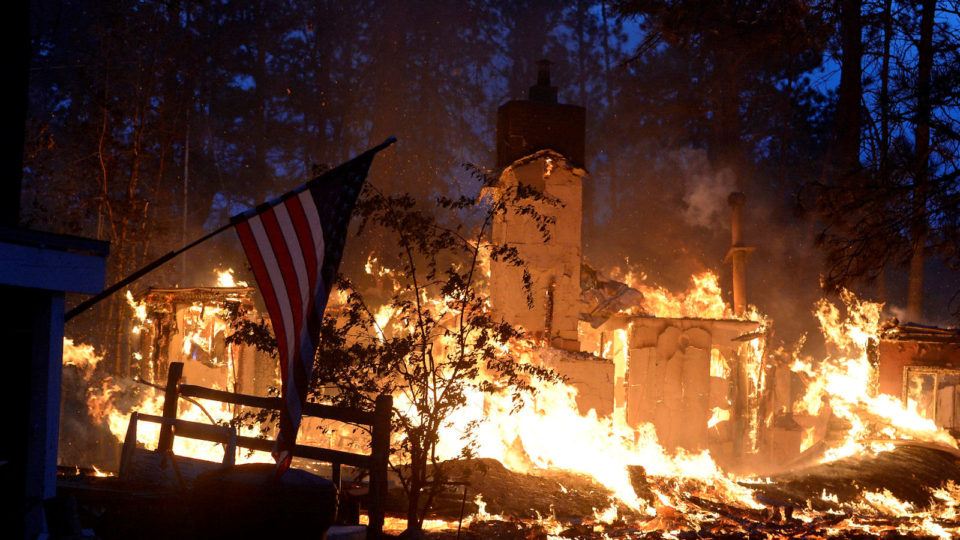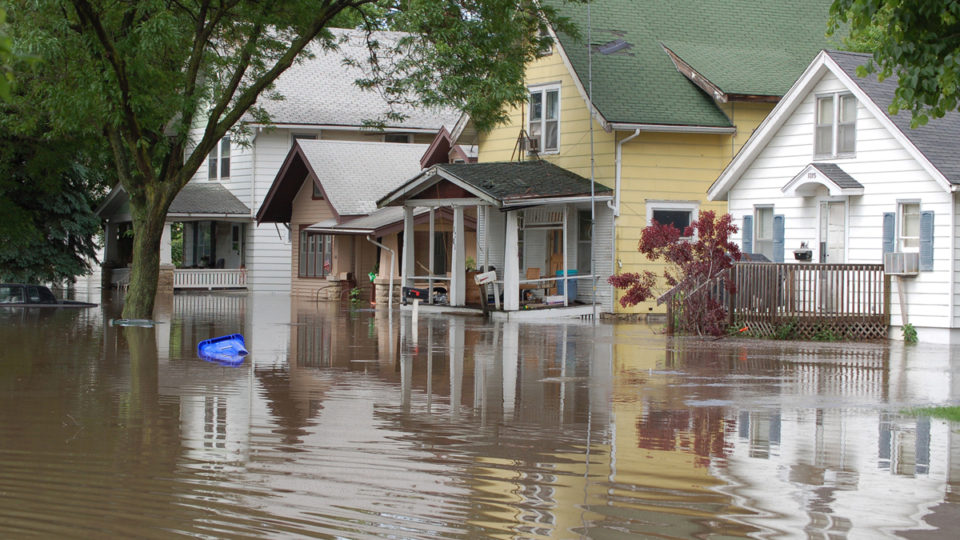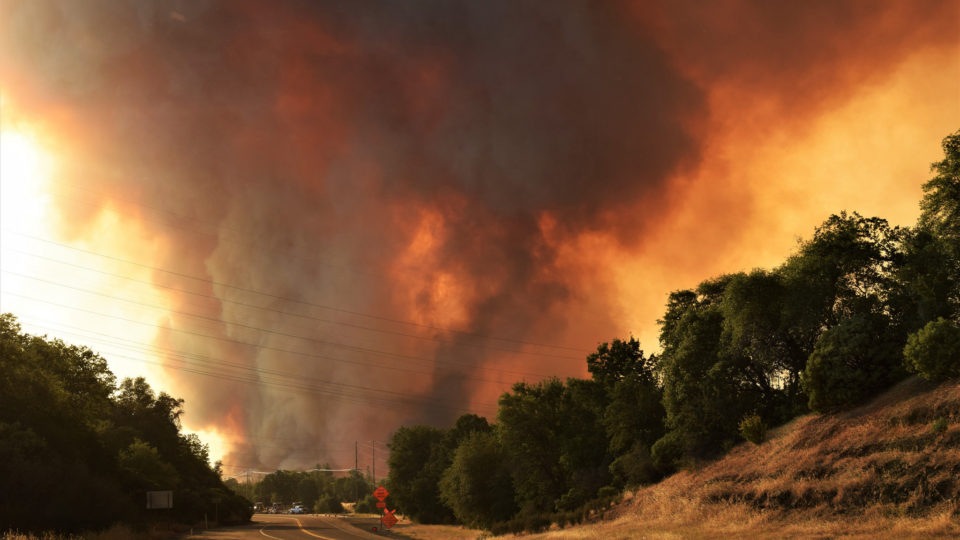The price of the batteries that power electric cars has fallen by about 90% since 2010. This continuing trend will eventually make EVs less expensive than gas cars.
For many years, researchers have estimated that when battery packs reach the price of $100 per kilowatt-hour of energy storage, electric cars will cost about the same as gasoline-powered vehicles. In 2021, the average price of lithium-ion battery packs fell to $132 per kilowatt-hour, down 6% from the previous year. According to analysts, batteries should hit the average of $100 as soon as 2024.
It is not the case that as soon as the $100 level is reached, EVs will abruptly reach cost parity. Across different manufacturers and vehicle types, the price shift will occur at different rates. However, by the time batteries reach $60 a kilowatt-hour, EVs will be cheaper than equivalent gasoline models across every vehicle segment.
It is not known exactly when EVs will cost less than gasoline models, but there is little doubt that this point is coming. We have only been talking about the purchase price of a new vehicle. When one looks at the total cost of ownership of a vehicle, including fuel, insurance, maintenance, and depreciation, it is a different story.
Because of savings on fuel and maintenance, EVs are already in many if not most cases cheaper to own than gas-powered cars. The Department of Energy provides an online calculator to help consumers estimate the cost differences between gasoline and electricity.
In any case, the number of electric cars on the market is increasing and the number of gas-powered cars will be shrinking. Sooner or later, we will all drive electric.
**********
Web Links
Photo, posted July 29, 2017, courtesy of Steve Jurvetson via Flickr.
Earth Wise is a production of WAMC Northeast Public Radio.

